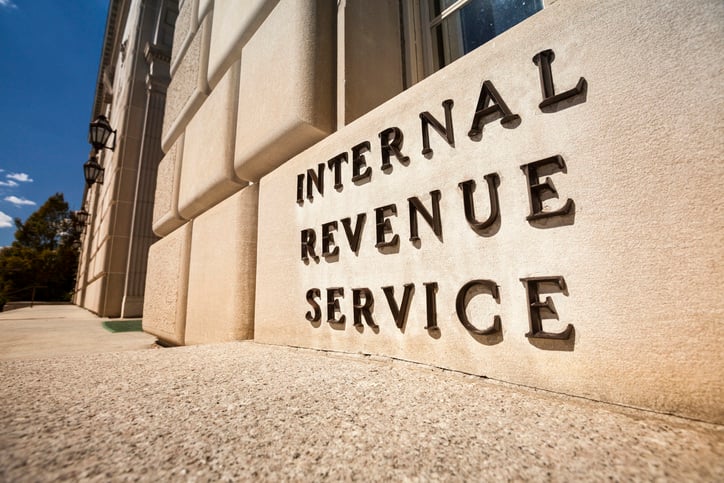Dancing with the Taxman: Tax Reporting of Qualified Charitable Distributions
The Qualified Charitable Distribution (QCD) from an IRA has become a popular way for donors who are 70 ½ or older to make charitable gifts. Financial advisors routinely tell their clients that charitable gifts via a QCD are a tax-smart way to make those gifts.
Problems Reporting QCDs
Unfortunately, QCD donors have found the guidance on how to report QCDs on their tax returns muddled. The problems have been two-fold.
- The IRA administrator did not have a simple way to indicate on the 1099-R it issued to a QCD donor that withdrawals for the year were in part or entirely a QCD.
- How to report a QCD on the taxpayer’s return has been unclear. For example, in 2024 the instructions for Form 1040 directed taxpayers as follows:
- Line 4a: Enter the total amount of your IRA distributions for the year as shown in Box 1 of Form 1099-R.
- Line 4b: Enter the taxable portion of your IRA distribution.
- If the full amount of the distribution was a QCD, enter "0" on Line 4b.
- If only a portion of the distribution was a QCD, enter the remaining taxable amount.
The taxpayer reported the entire IRA distribution in line 4a and reported the “taxable portion” in line 4b. The 1040 never showed the amount of the QCD. It could only be inferred from the other amounts. Some taxpayers found this reporting confusing. Users of TurboTax were especially confused: there was no way to enter the notation “QCD” beside line 4(b) as required by the IRS.
Reporting QCDs in 2025
For the tax year 2025, the IRS has introduced a new code, Code Y, for Box 7 of Form 1099-R. This code enables an IRA administrator to identify a distribution as a QCD, allowing it to differentiate QCDs from other types of distributions.
How is Code Y Used?
Code Y is used in combination with other codes in Box 7 of the 1099-R to indicate the nature of the distribution. There are more detailed instructions on reporting QCDs in Publication 590-B.
To report a QCD in 2025 IRA administrators will:
- Use Code 7 on the 1099-R for a QCD from a non-inherited (normal distribution) IRA,
- Use Code 4 for a QCD from an inherited (death distribution) IRA, or
- Use Code K for a QCD reporting distributions of traditional IRA assets not having a readily available fair market value (FMV) that are either from non-inherited or inherited IRAs.
Why the Change?
The introduction of Code Y aims to simplify and improve the accuracy of QCD reporting for both the IRS and taxpayers.
Keep in Mind:
- Even with Code Y, it is crucial for taxpayers to ensure their donation meets all the QCD requirements and to maintain proper documentation.
- The total distribution amount will still appear in Box 1 of Form 1099-R.
- Expect software providers for IRA administrators to update their systems to accommodate this new reporting requirement.
- The IRS may release further details on QCD reporting, particularly concerning distributions from Roth IRAs.
Neither the plan administrator nor the IRS oversees whether a QCD has met the conditions to make a QCD. That is the donor’s responsibility.
For example, a donor may have two different IRAs with two different plan administrators. Suppose the donor makes gifts from each IRA, intending both to be QCDs. A donor could report a gift of $50,000 from one IRA and another from a second IRA for $80,000. The donor will receive two 1099-Rs, neither of which exceeds the annual limit for QCDs ($108,000 in 2025). In this case, the donor will have to report $22,000 of the IRA withdrawals as taxable income. The donor will be eligible for a $22,000 charitable deduction, which may or may not fully offset the additional tax associated with IRA withdrawal.
